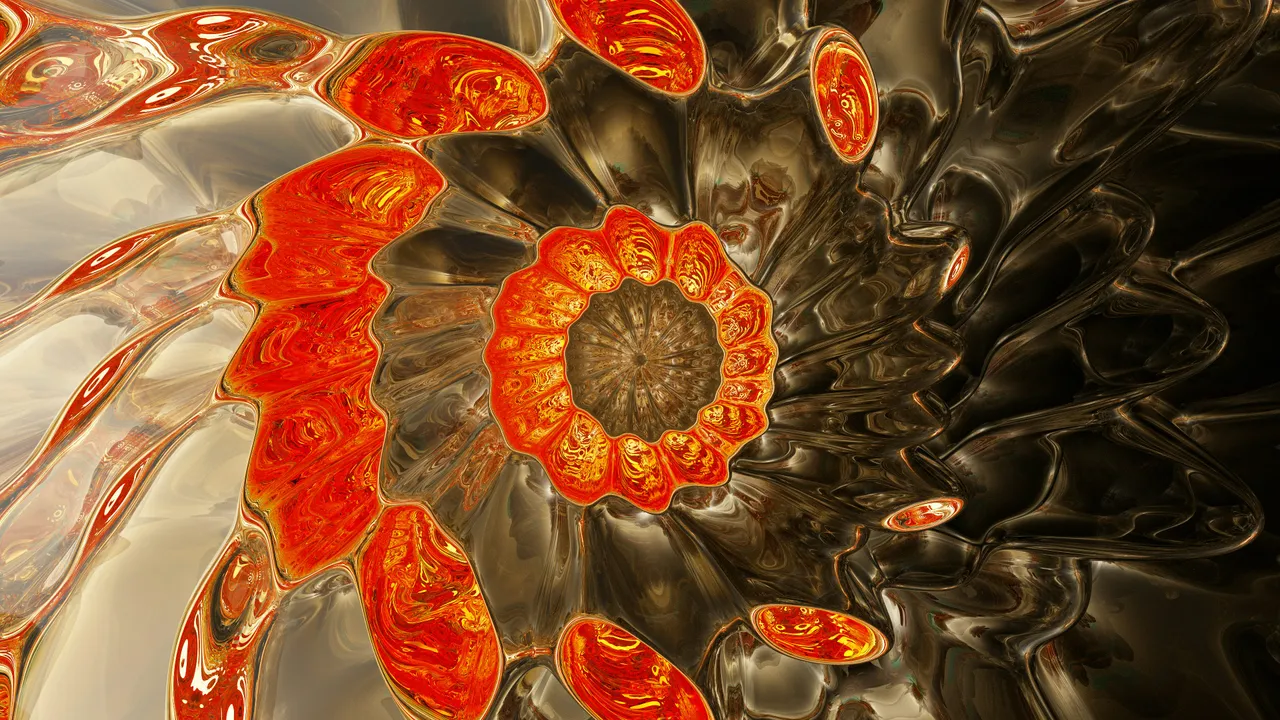Green Spaces in Urban Areas: Luxury or Necessity?
In the concrete jungle of urban life, green spaces are more than just a breath of fresh air. They are central to our well-being, community, and environmental health. But are they a luxury we can live without or a necessity we cannot ignore?
The Role of Green Spaces
Green spaces in urban areas serve multiple purposes; they are not merely patches of greenery amidst the concrete but lungs of the city, providing fresh air and a haven for biodiversity. Parks, gardens, and even small green corridors contribute to reducing pollution levels, mitigating urban heat islands, and enhancing biodiversity by providing habitats for various species. Moreover, they are essential for mental health, offering a sanctuary for relaxation, physical activity, and social interaction away from the hustle and bustle of city life.
However, despite their proven benefits, green spaces are often considered secondary in urban planning, overshadowed by the drive for more housing, infrastructure, and commercial development. This perspective needs to shift; green spaces are not a luxury but a critical component of sustainable urban development.
Health Benefits
The health benefits of green spaces are well-documented. Access to green spaces has been linked to reduced stress, improved mood, and lower incidences of psychological distress. They are vital for physical health, encouraging exercise, and outdoor activities, which can help combat obesity and related diseases. Furthermore, green spaces can significantly improve air quality, leading to better respiratory health for urban dwellers.
Yet, access to these green havens is not equal. In many cities, affluent areas boast abundant, well-maintained green spaces, while less privileged communities often lack access. This disparity raises questions about environmental justice and the necessity of integrating green spaces into all areas of urban planning.
Economic and Social Impact
Green spaces also have a considerable economic impact. They enhance property values, attract tourism, and reduce healthcare costs by fostering a healthier population. Socially, they are meeting points, fostering a sense of community and belonging. They are venues for cultural and community events, strengthening the social fabric of urban areas.
However, maintaining these spaces requires investment. The debate often centers around whether funds allocated for green spaces could be better spent on other urban needs. But considering their long-term benefits, investing in green spaces is investing in the city's future.
A Path Forward
To ensure green spaces are not viewed as a luxury but as a necessity, urban planners and policymakers must integrate them into the fabric of urban development. This means not only preserving existing green spaces but also creating new ones in areas lacking them. Innovative solutions, such as vertical gardens, rooftop parks, and green corridors, can help overcome space constraints in densely populated areas.
Public engagement is crucial. Communities should have a say in the planning and management of green spaces, ensuring they meet the needs and wishes of local residents. By fostering a collective sense of ownership, we can ensure these spaces are valued and protected for generations to come.
Green spaces in urban areas are at a crossroads. As cities continue to grow, the choice between viewing them as a luxury or a necessity will shape the future of urban living. For the sake of our health, community, and planet, the answer must be clear: green spaces are an indispensable necessity.
This article was developed using available sources and analyses through an automated process. We strive to provide accurate information, but it might contain mistakes. If you have any feedback, we'll gladly take it into account! Learn more

